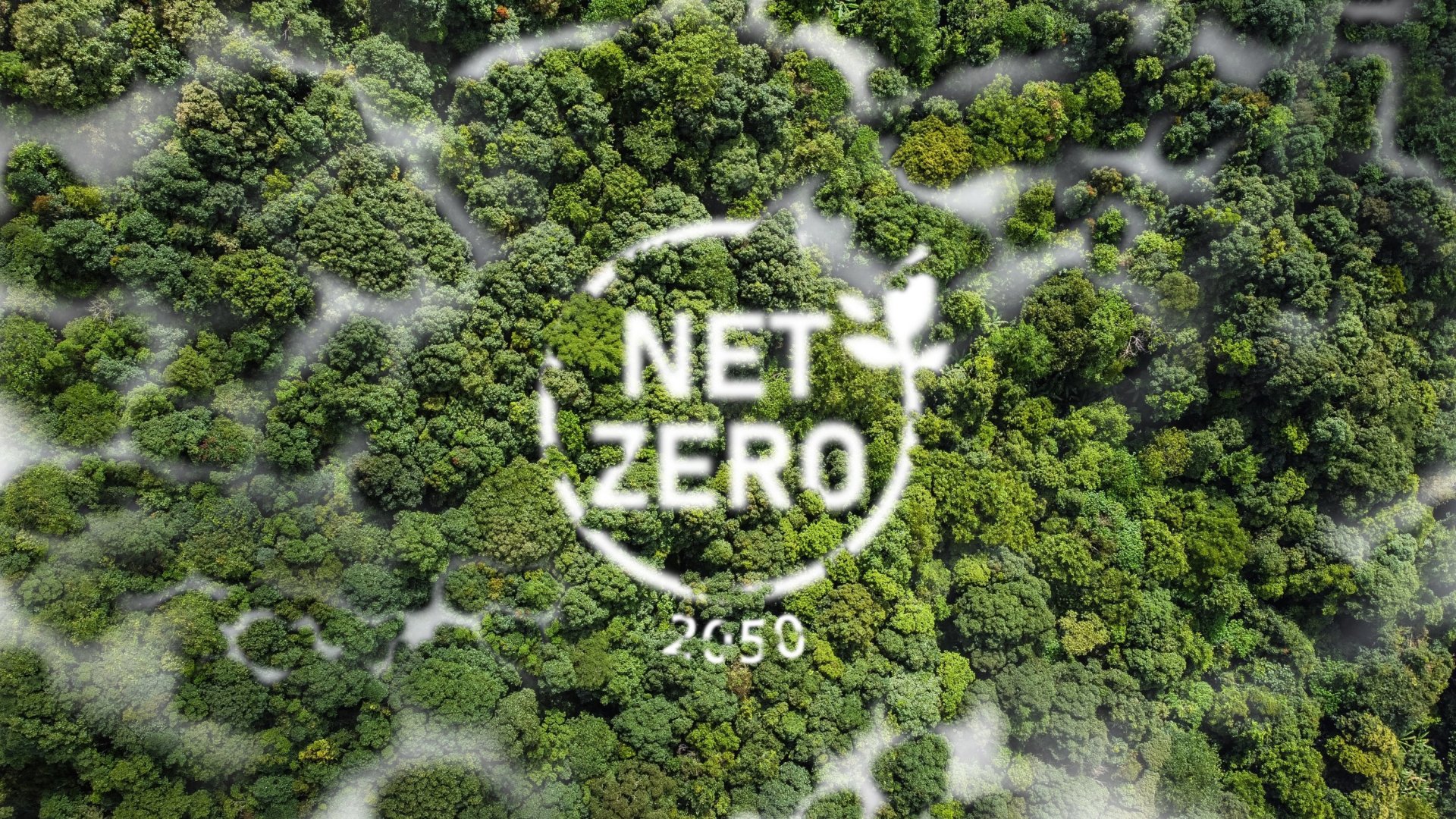
In its efforts to realise its commitment of achieving net zero greenhouse gas (GHG) emissions by 2050 announced at the 26th United Nations Climate Change Conference (COP26), the Vietnamese government has carried out master planning and issued many national strategies and plans.
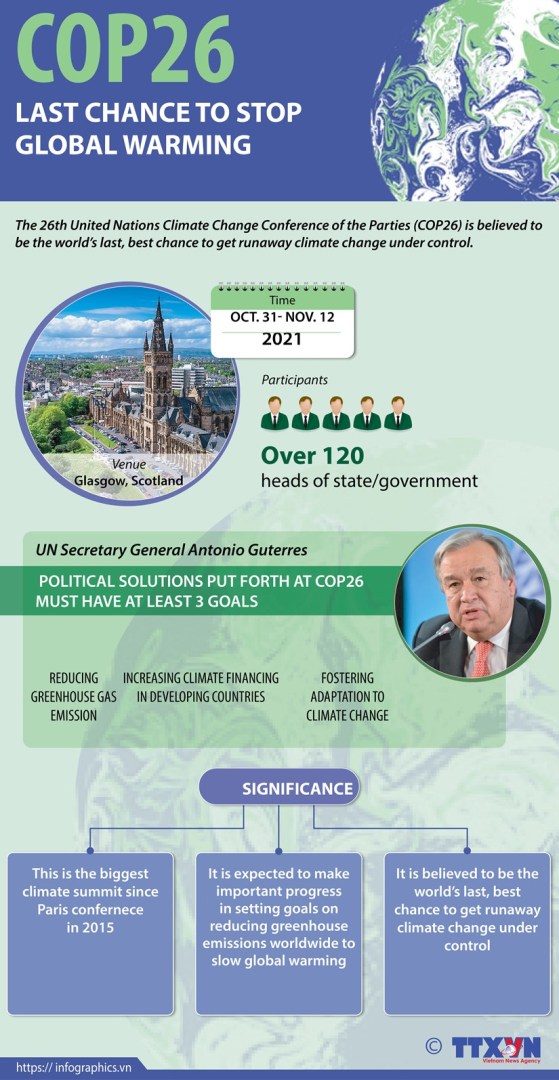
At the 4th meeting of the national steering committee for implementing Vietnam’s commitments at the COP26 held in mid-July, Prime Minister Pham Minh Chinh affirmed that the implementation of this commitment is a chance for Vietnam to shift technology and growth model to, together with other countries, respond to climate change.
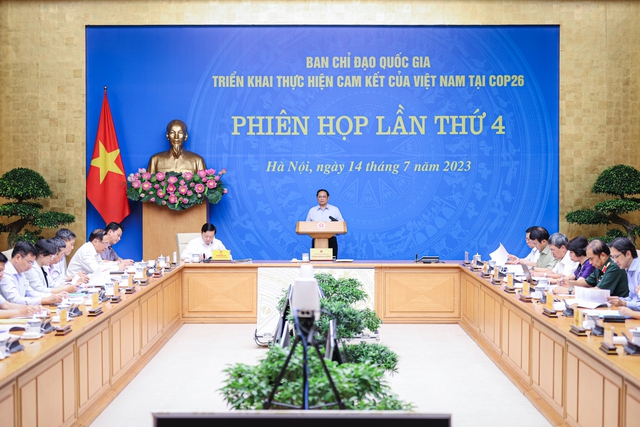
The PM requested ministries, localities and businesses to continue accelerating the implementation of the national strategies on climate change to 2050 and on green growth for the 2021-2030 period with a vision to 2050, and to focus on building mechanisms and policies to attract finance for green development, green growth and circular economy.
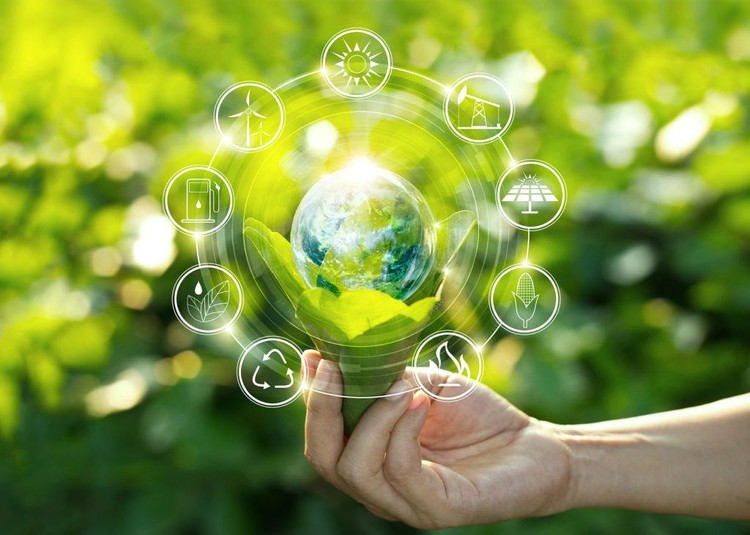
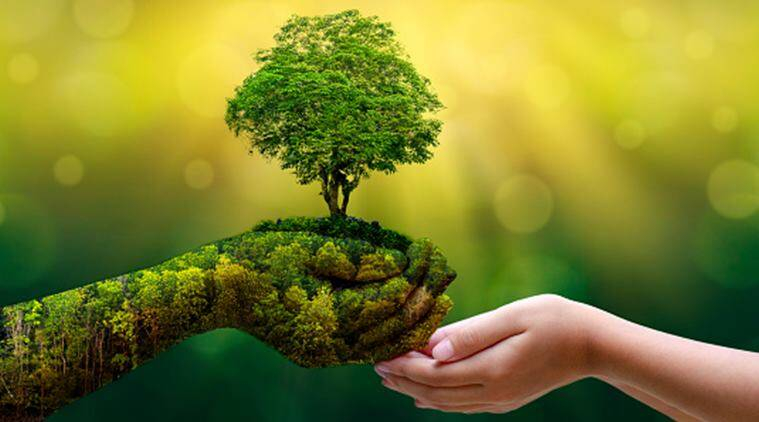
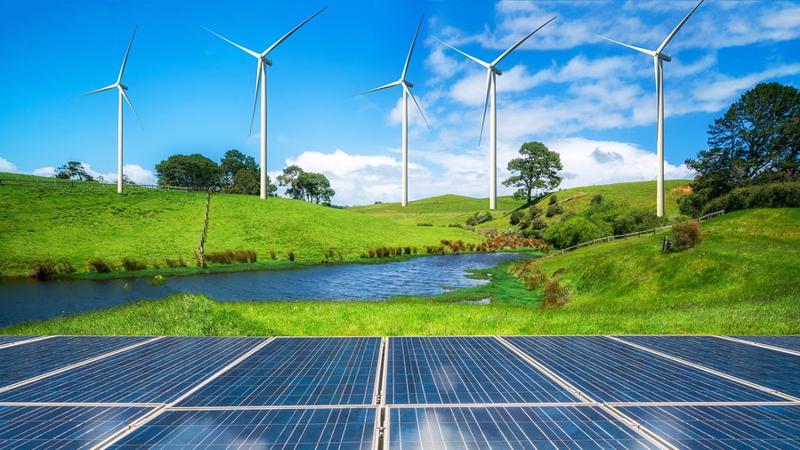
To achieve the net zero goal, a comprehensive change is needed, in which businesses must convert their current technology and use renewable energy.
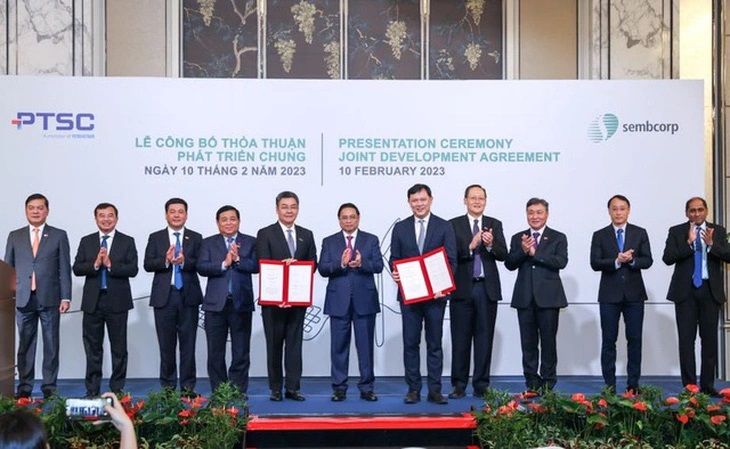
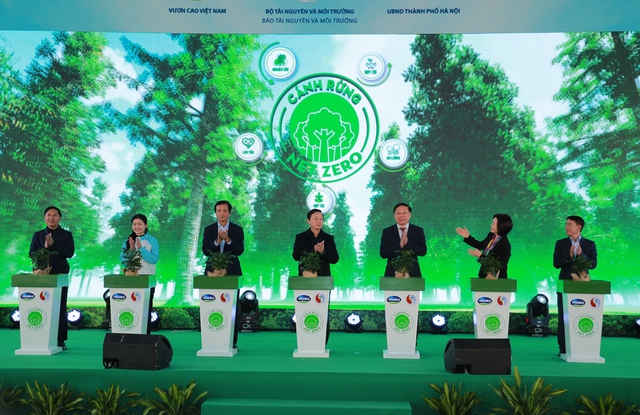
Gradually building, perfecting mechanisms
According to World Bank’s estimates, Vietnam will likely need to invest an additional 368 billion USD by 2040, or 6.8% of its GDP, per year, as the country pursues a development path that combines resilience and zero carbon net emissions. The decarbonisation to meet international commitments accounts for about 30% of the resources needs.
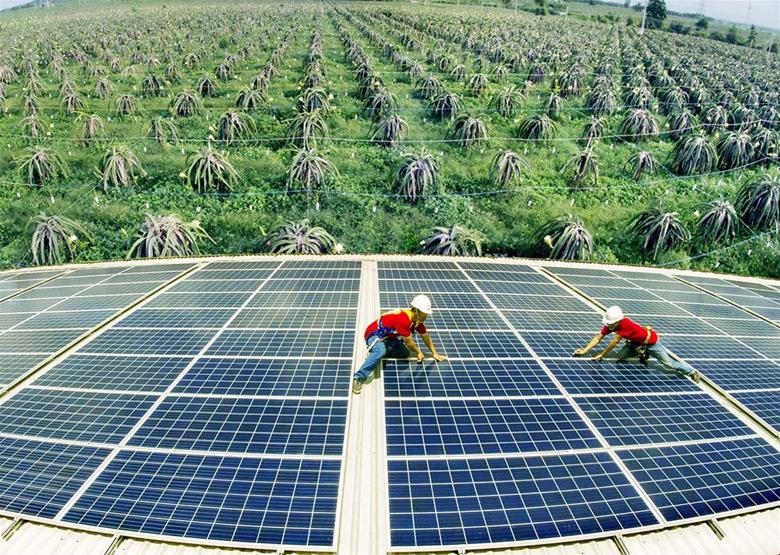
Minister of Finance Ho Duc Phoc said that green transformation and emission reduction to realise the net zero commitment is a long journey with many difficulties and challenges which requires cooperation of the private sector as well as international organisations.
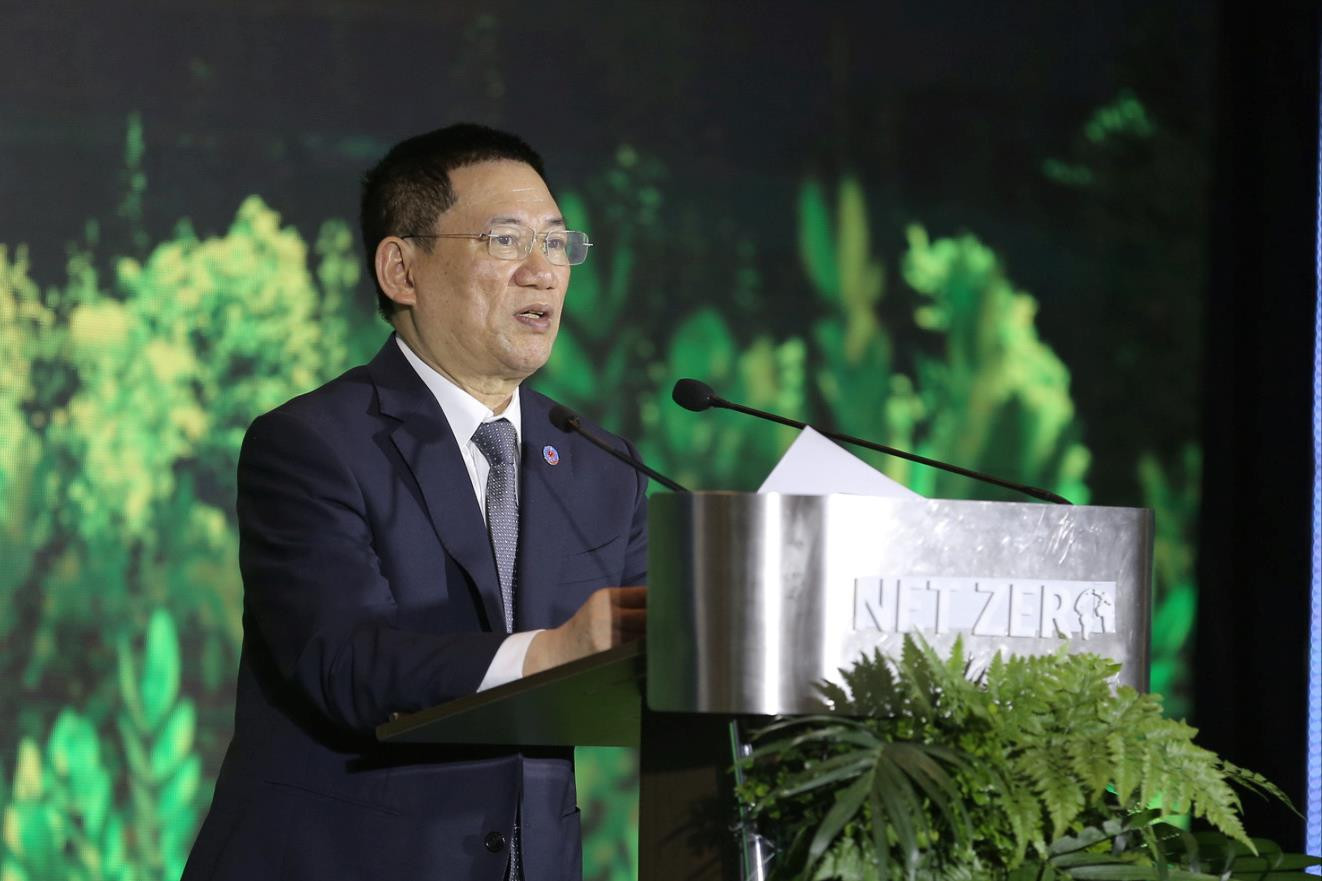
Developing green financial and carbon markets are priorities that need to be implemented with a focus on developing green financial instruments, and sustainable finance; as well as encouraging localities and enterprises to issue green bonds and attracting institutional and individual investors to pour in green financial instruments, Phoc told a net zero seminar in late June.
The Ministry of Natural Resources and Environment, the standing body of the national steering committee for implementing Vietnam’s commitments at the COP26, is building a project on developing a carbon market in Vietnam with the WB’s support.
The 5-million-USD project will be implemented in four years from 2024, aiming to support Vietnam in developing a carbon market, designing and implementing the exchange and compensation of carbon credits and a GHG emission quota exchange system.
It is expected that by 2025, Vietnam will start piloting a carbon credit exchange and it will start official operation by 2028.
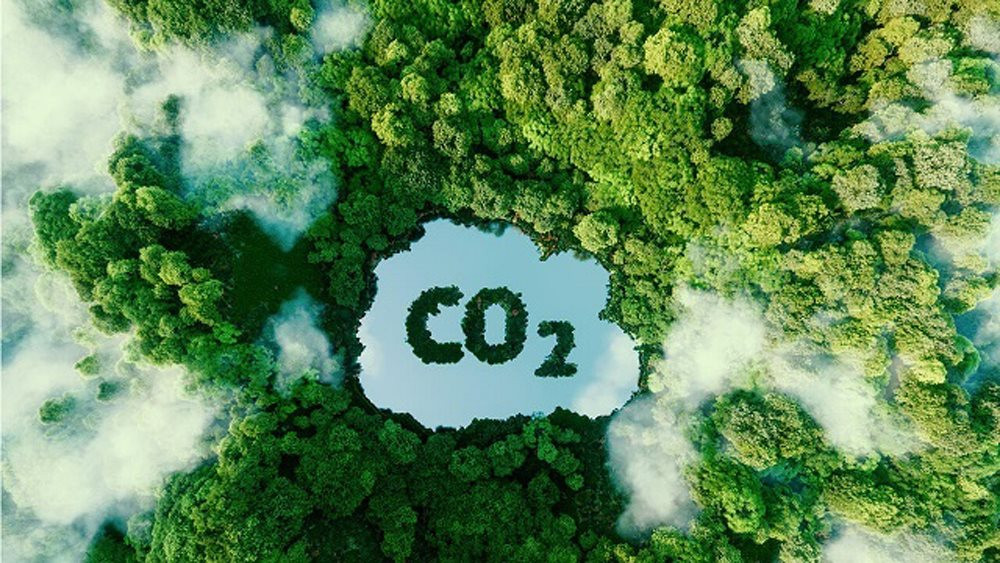
Pushing enterprises to carry out green transformation
In the context that developed regions around the world are applying carbon tax barriers for imports and exports, Vietnam is facing many challenges in the process of building and developing a carbon market. This forces exporters in particular and enterprises in general to change themselves to meet standards related to the barriers of major markets and maintain their position in the international market.
A carbon market is where goods are traded with the amount of greenhouse gas reduction being measured per unit. The government will allocate quotas for businesses. If the quota is used up, businesses have to buy carbon credits from other businesses.
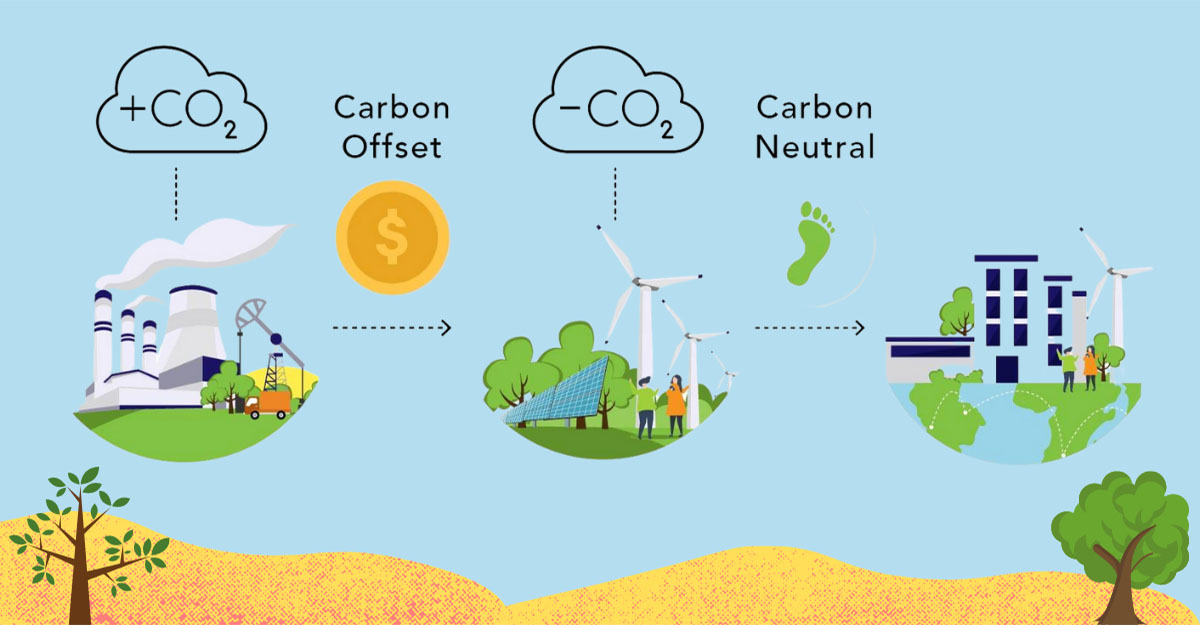
And from 2028, when the carbon credit exchange operates officially, it must comply with regulations on connecting and exchanging domestic carbon credits with the regional and world markets.
To implement the above regulations, more than 1,900 enterprises operating in industry and trade, construction, transportation, natural resources and the environment will have to provide their operation data and related information to serve greenhouse gas emissions inventory for the year prior to the reporting period in accordance with guidelines of the ministry in charge of the sector for 2023.
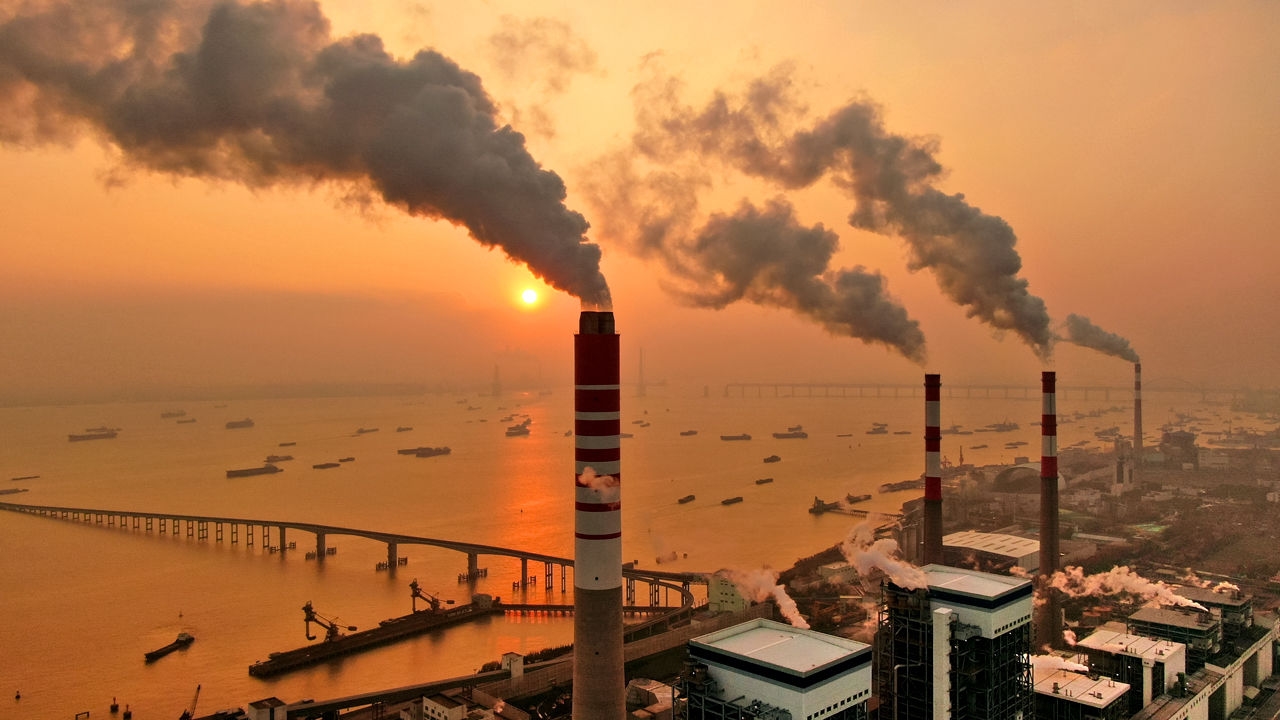
Diversifying policies, green solutions for businesses
In order to fulfill the net zero commitment, Vietnamese enterprises will face many challenges related to emissions inventory and implementation of the Government’s emission quotas. Enterprises with high emissions such as those in the production of iron, steel, cement and aluminum that want to maintain export markets in the future need to determine that emissions reduction is mandatory.
To Xuan Phuc, Director of the Trade Policy and Resource Management Programme at Forest Trends, recommended that businesses change their technology and management methods. He affirmed that as this is an innovation opportunity for businesses, they need to grasp the development trend to earn revenue from carbon finance.
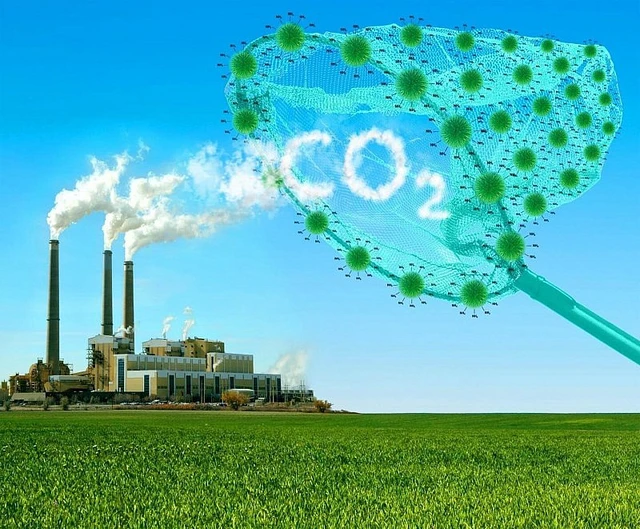
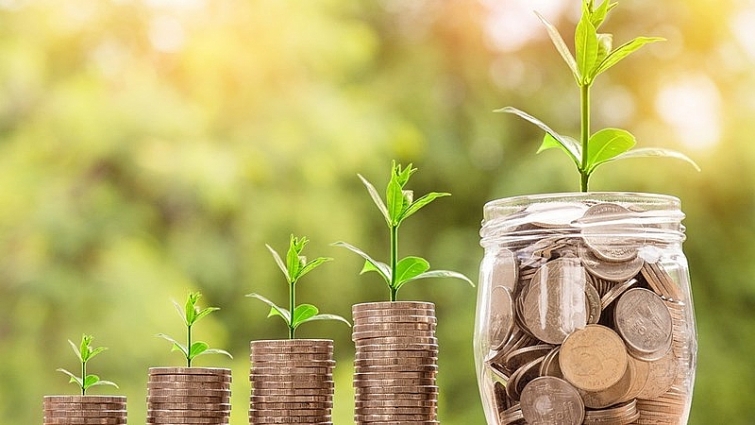
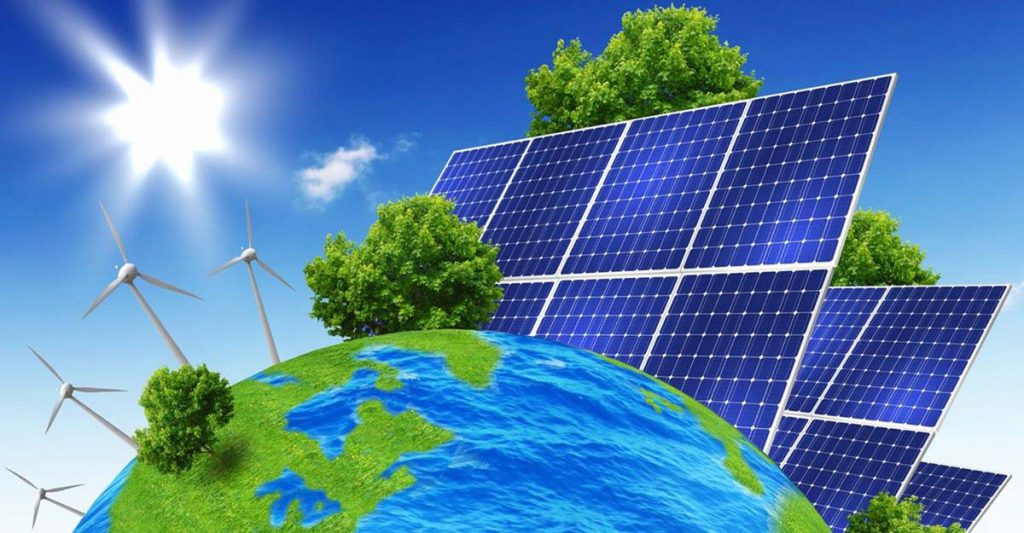
Dr. Nguyen Quang from the University of Economics in Ho Chi Minh City said that Vietnam has had many outstanding financial policies such as the Law on Natural Resources Tax, which stipulates the application of high tax rates to “non-renewable resources” and tax rates to “renewable resources”.
Pham Thi Thanh Tung, Deputy Director of Department of Credit for Economic Sectors under the State Bank of Vietnam, stated that the banking industry has had a lot of solutions to support and encourage businesses to participate in green development. Therefore, enterprises have an opportunity to access green finance to invest in activities to reduce greenhouse gas emissions, adapt to climate change, and develop business sustainability.
To facililtate businesses in mobilising capital to invest in green financial and environmental projects, the central bank has issued Directive No. 03/CT-NHNN on promoting green credit growth.
In addition, it has also implemented preferential credit policies for green and hi-tech agricultural projects, loan programmes for afforestation for production, and programmes to support the poor in building climate change-resilient housing./.
